Fine Hair Vs. Thin Hair: What Is The Difference?
Easy ways to identify your hair type to help you take care of it and style it with ease.
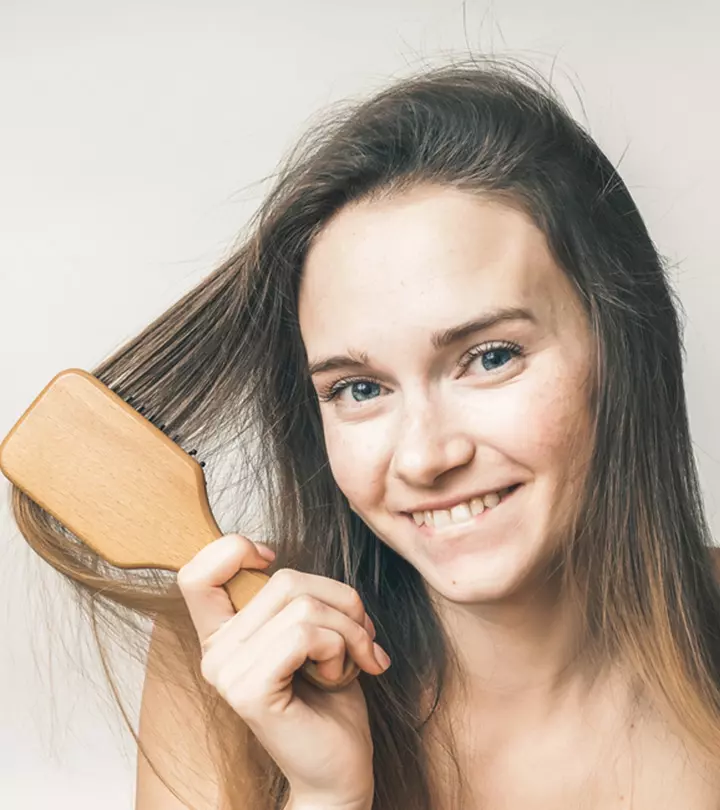
The confusion between fine hair and thin hair ends today. Most of us use the words fine and thin interchangeably when it comes to hair. However, the two have a stark difference. While one is a hair type, the other is a hair issue. Learn the differences between fine and thin hair and how you can care for each. Continue reading to know more.
In This Article
What Is The Difference Between Fine Hair And Thin Hair?
Thin Hair
Thin hair is all about density. An individual with thin hair will have comparatively more distance between two hair follicles. Their scalp will be more noticeable. Genetics is one major cause of thin hair.
Fine Hair
So if thin hair is about low hair density, what is fine hair? Individuals with fine hair have hair strands much smaller than other hair types. Fine hair lacks volume but has a smooth texture. Its smaller size makes it more prone to breakage. Fine hair is considered difficult to manage but easier to heat style.
 Quick Tip
Quick TipIt is easier to confuse fine hair with thin hair; that’s why knowing how to determine your hair type is important.
Key Takeaways
- Fine hair is a hair type, while thinning hair is a hair issue.
- Fine hair lays flat easily and covers your scalp completely, but you can see your scalp through thin hair.
- Both fine hair and thin hair lack volume, so use hair volumizing products, use conditioner regularly, and avoid weighing the hair down with too many products.
How To Identify Your Hair Type?
Fine hair is generally smooth and silky but can be laid flat quite easily, covering the scalp. Thin hair, on the other hand, makes your scalp more visible. Observing your hair in the mirror should give you an idea.
Both hair types need a similar process of styling. The following tips can help style your hair better.
Tips To Style Fine Hair Or Thin Hair
- Both hair types require volume. You may use volumizing hair products to build volume. Use lightweight hair products to ensure they do not weigh your hair down.
- Avoid applying conditioner to your scalp. A conditioner may make your hair look oily after a few hours of washing.
Felicia, a blogger and PhD student, shared her experience of having thin hair and how she manages her hair wash routine. She writes, “Another tip I’ve come across and put into practice a few times is only shampooing your hair in the shower and just using a light leave-in conditioner in your hair as a substitute for conditioner. Most in-shower conditioners are way too heavy for fine hair, weighing down your strands making them fall flatter against your scalp. So the idea is that the leave-in conditioner will still condition your hair without weighing it down (i).”
- The key to making your fine or thin hair look good is to avoid weighing it down. However, product buildup in your hair or on your scalp may make this difficult. Use a good clarifying shampoo to wash away any impurities and buildup.
- Using rollers to make your fine or thin hair wavy might make your hair look more voluminous.
- Find a good dry shampoo for your hair. It is not recommended to wash fine or thin hair too often. Hence, dry shampoo helps.
- Do not brush your hair when wet as it may cause breakage. Use a wide-tooth comb to detangle your hair when it is about 70% dry after showering.
 Quick Tip
Quick Tip- Avoid using shampoos with moisturizing ingredients as they may weigh your hair down. You may instead use a shampoo that cleans your hair and gives it volume.
Lastly, the key to gorgeous-looking hair lies in how you care for it. Healthy hair can be styled more conveniently for enhanced looks. You need to regularly monitor your hair’s health, especially if you style it often, to maintain its condition and appearance. Assess it by checking for dryness, split ends, or brittleness. Regular trims, hydration, and scalp care can ensure vibrant, resilient hair, regardless of whether you have thin or fine strands.
There you have it! If you have driven yourself up the wall wondering how to make thin hair look thicker, these expert tips can save the day.
To recap, the difference between fine hair vs. thin hair is pretty clear. Thin hair is a result of low hair density, while fine hair is low on volume. If you have thin hair, it means that your hair follicles are very spaced out. Fine hair, on the other hand, is about how thin each hair strand is. Fine hair tends to get greasy quickly and become flat, whereas thin hair makes your scalp visible. Whether you have fine or thin hair, the goal is the same – you want your hair to look thick and voluminous. And it starts with following a healthy hair care routine and using the right hair care products. Lastly, you can also try some hairstyles for thin hair to look thicker, like beachy waves and loose buns, which can be a game-changer.
Frequently Asked Questions
What causes extremely thin hair?
Extremely thin hair can have various causes, including genetic factors, hormonal changes, nutritional deficiencies, medical conditions, stress, chemical damage from treatments, and the natural aging process (1). It is best to diagnose the specific cause and determine the most suitable treatment options accordingly.
Does rice water thicken hair?
Though there isn’t much scientific evidence to confirm its effectiveness in thickening hair, anecdotal evidence suggests that using rice water may improve hair health by making it stronger, reducing breakage, and adding shine.
Can fine hair be thickened?
While you cannot change the thickness of fine hair, using volumizing products, adopting specific styling techniques, and maintaining a healthy diet may help improve its overall appearance and volume.
Is fine hair attractive?
Yes, fine hair is attractive. With the right styling techniques and products, it looks as beautiful as thick and full hair.
Does biotin thicken hair?
Yes, biotin helps in hair thickening and promotes hair growth.
Why is my fine hair so dry?
Shampooing too often and excessive use of hair styling products and tools can dry out fine hair.
The following video provides a detailed explanation to help you distinguish between fine hair and thin hair. To understand more about the two, and identify your hair type accordingly, check out the video now.
Personal Experience: Source
StyleCraze's articles are interwoven with authentic personal narratives that provide depth and resonance to our content. Below are the sources of the personal accounts referenced in this article.
(i) The diary of a thin-haired girlhttps://thebeautyandthegeekau.wordpress.com/2016/11/21/the-diary-of-a-thin-haired-girl/References
Articles on StyleCraze are backed by verified information from peer-reviewed and academic research papers, reputed organizations, research institutions, and medical associations to ensure accuracy and relevance. Read our editorial policy to learn more.
- Systemic causes of hair loss
https://www.tandfonline.com/doi/full/10.1080/07853890.2016.1180426
Read full bio of Dr. Madhuri Agarwal
Read full bio of Anjali Sayee
Read full bio of Eshna Das
Read full bio of Swathi E






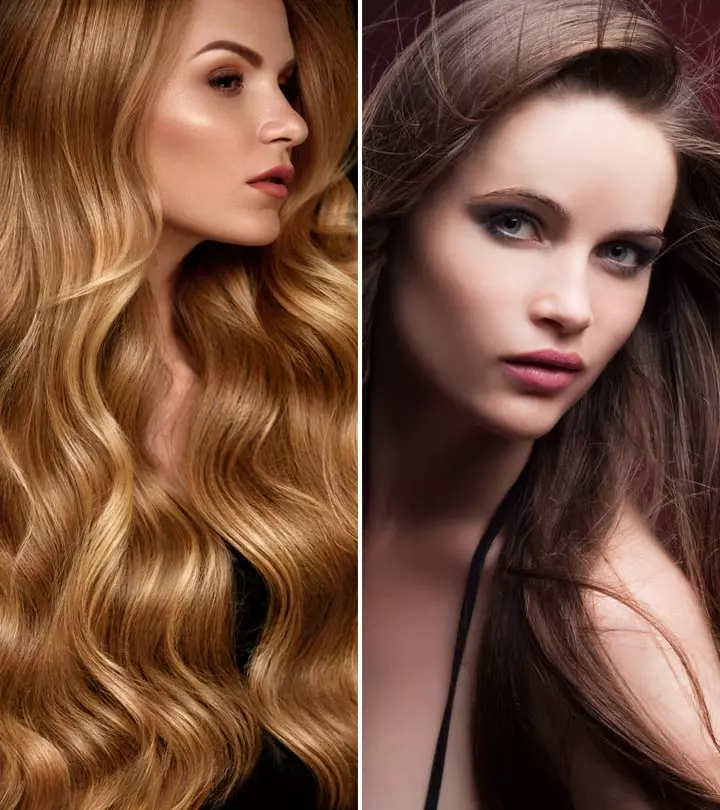
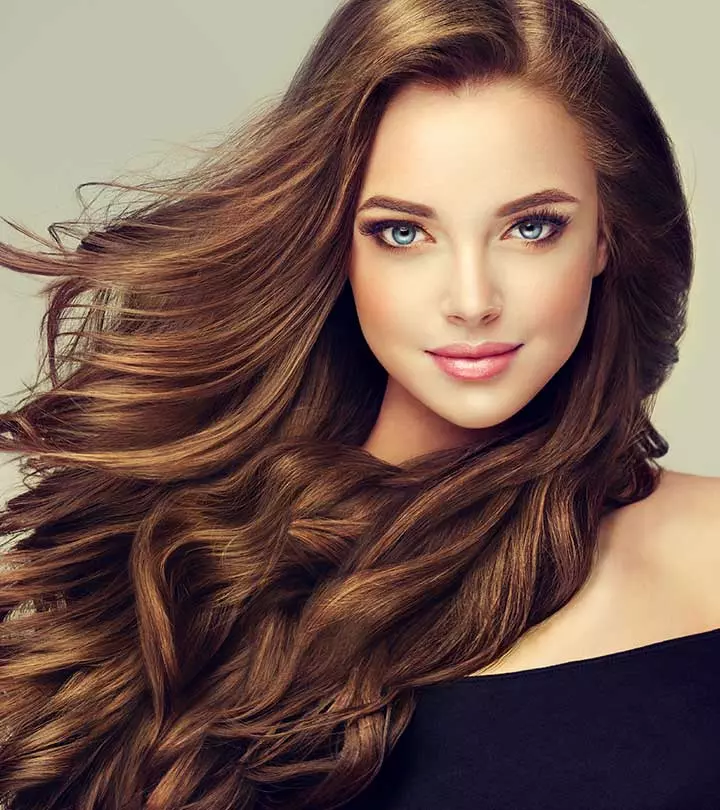
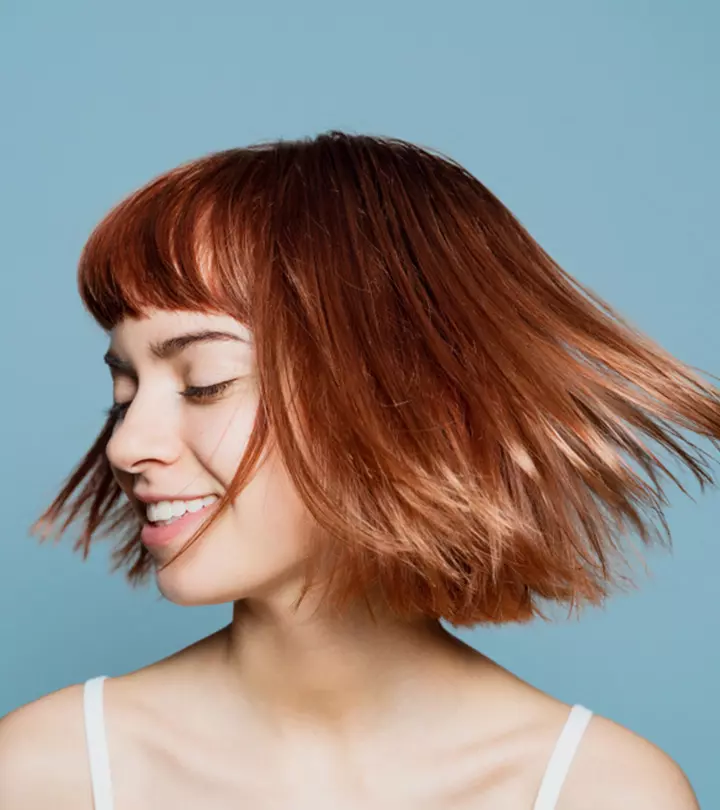
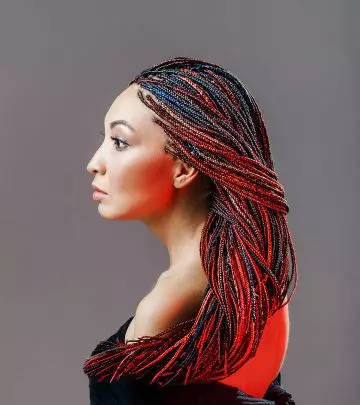
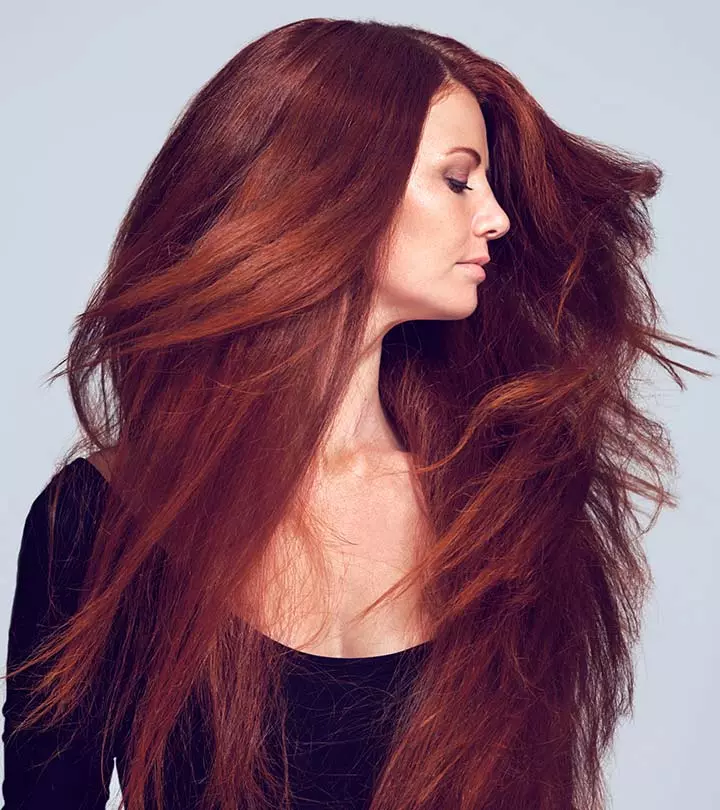
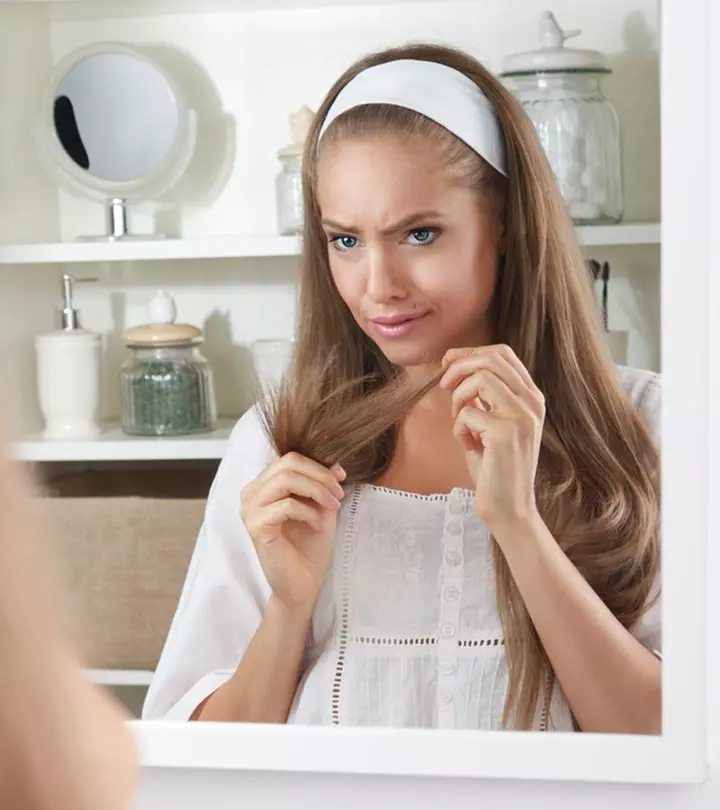
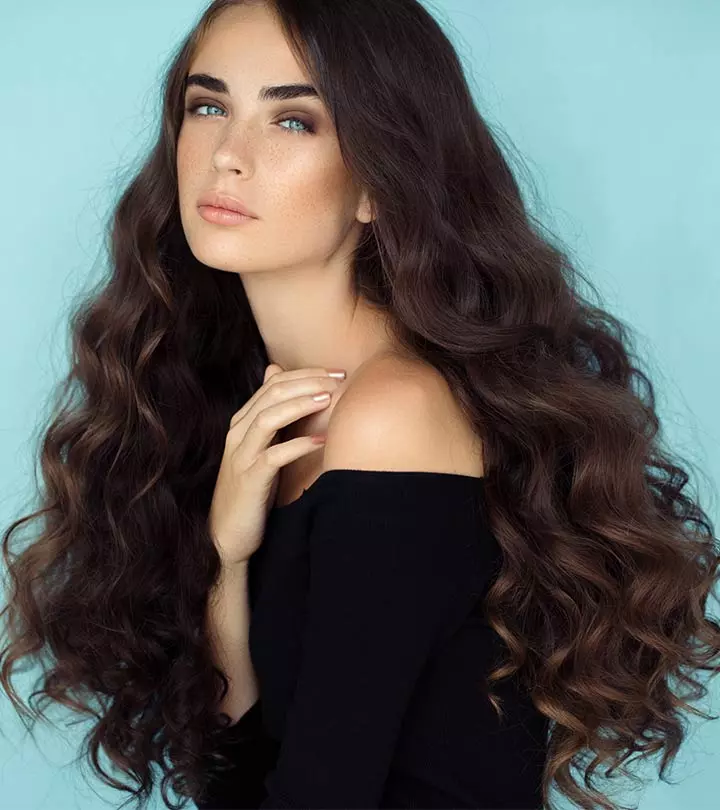
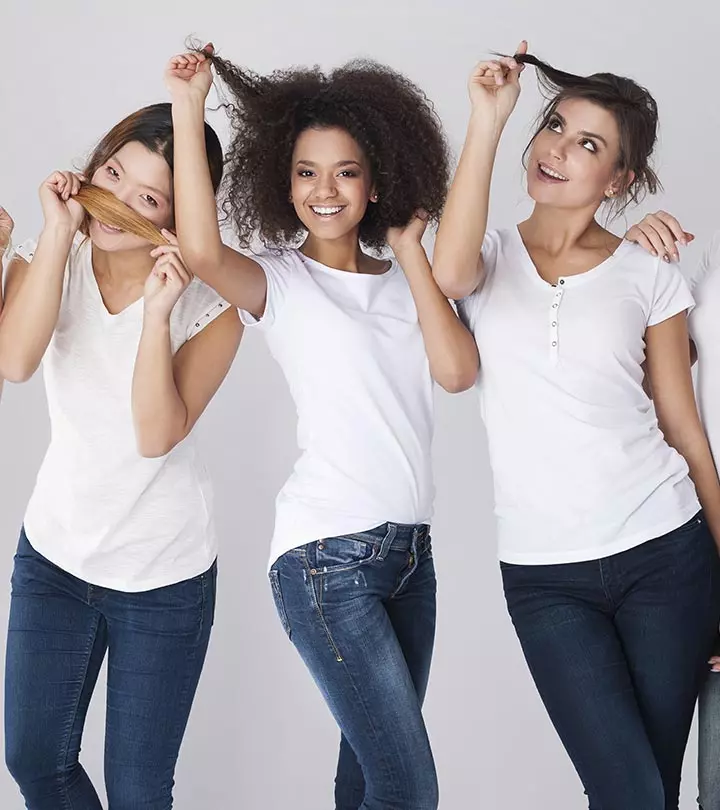
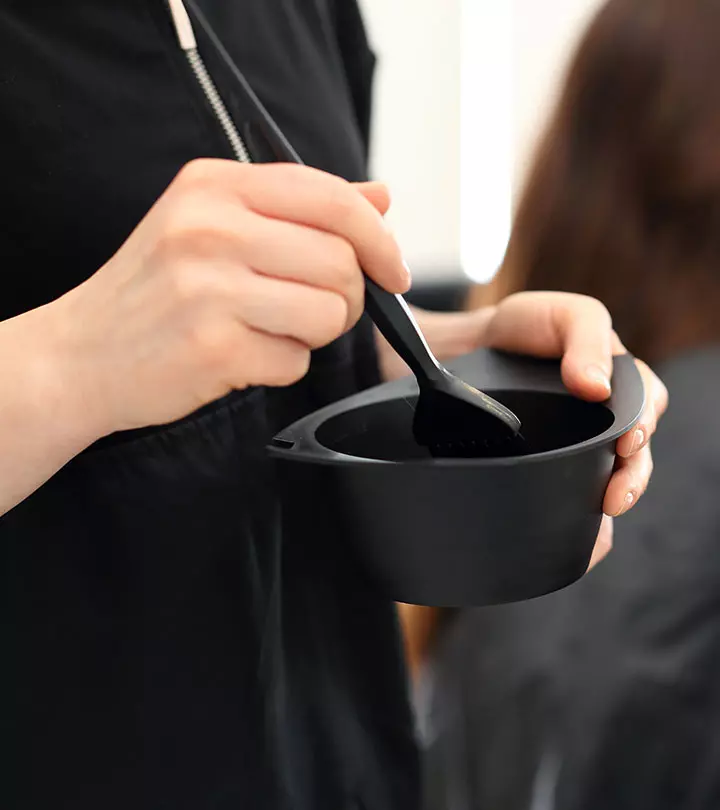
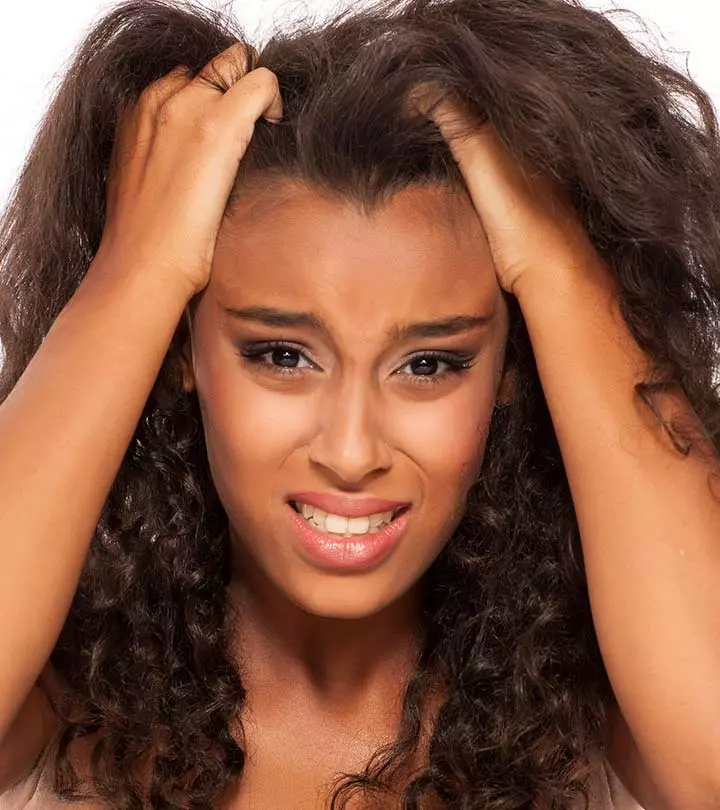

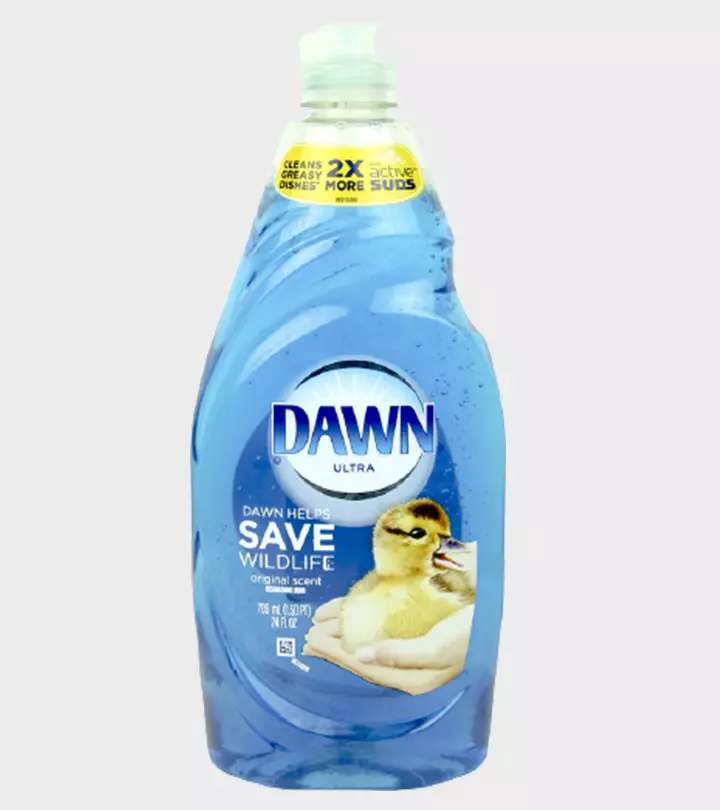

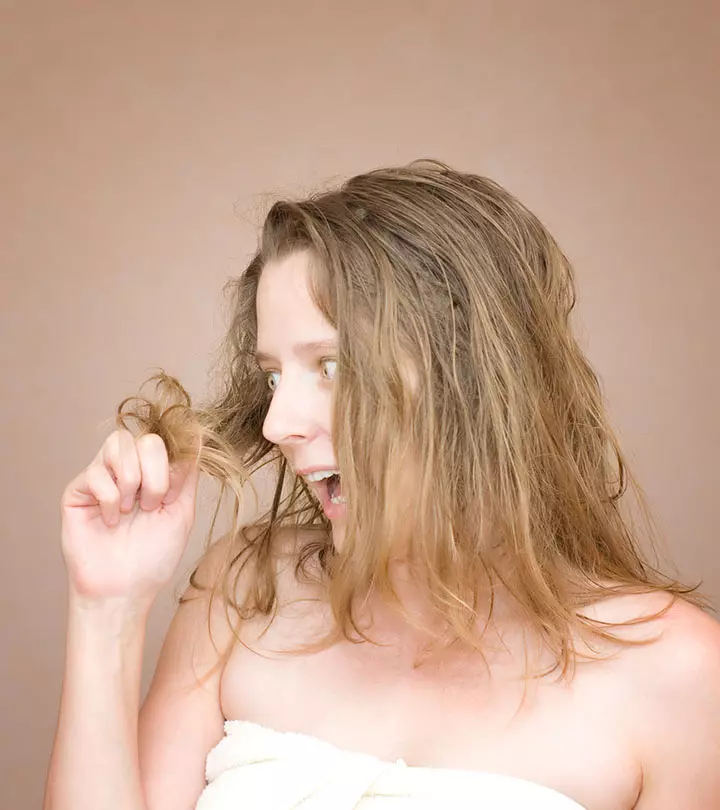
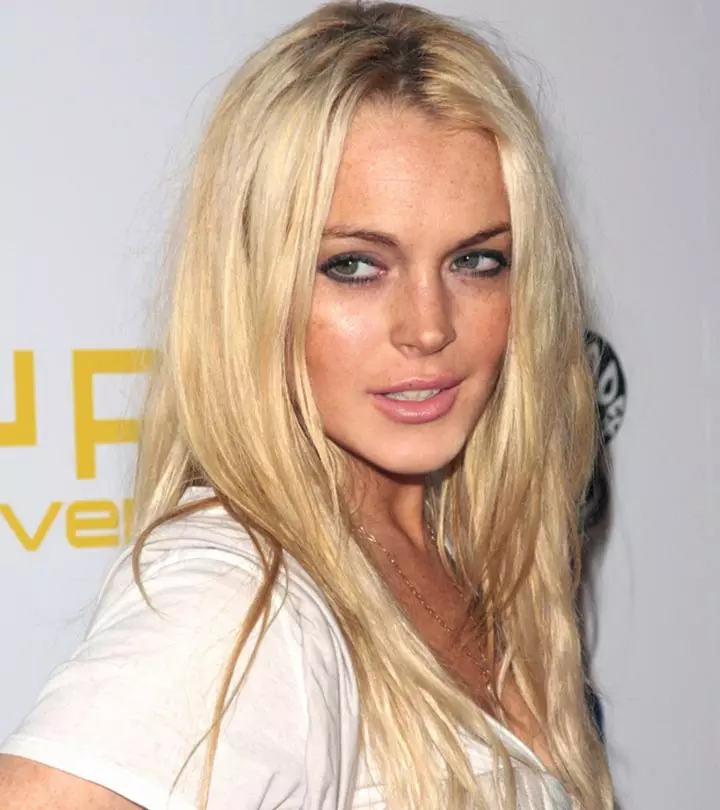
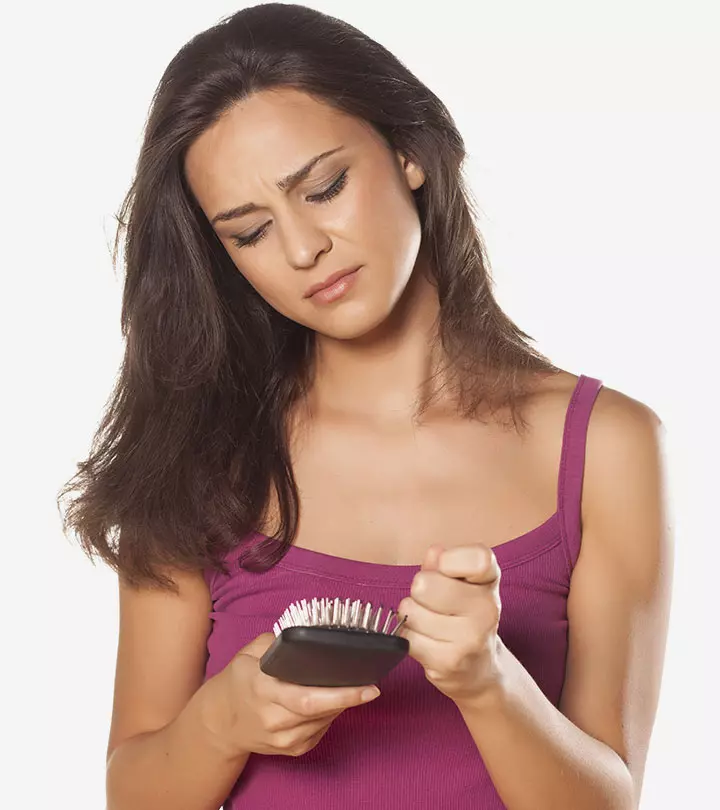
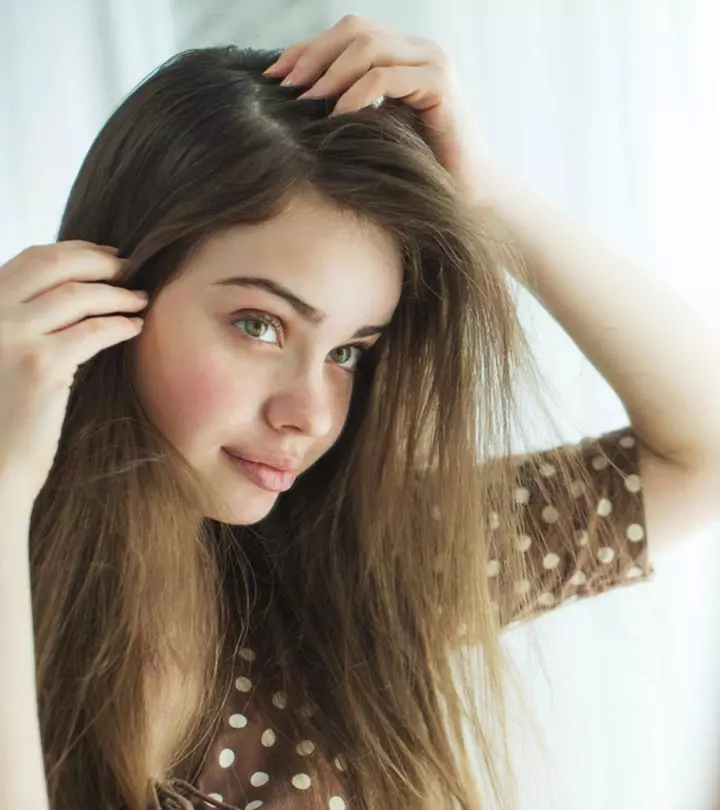
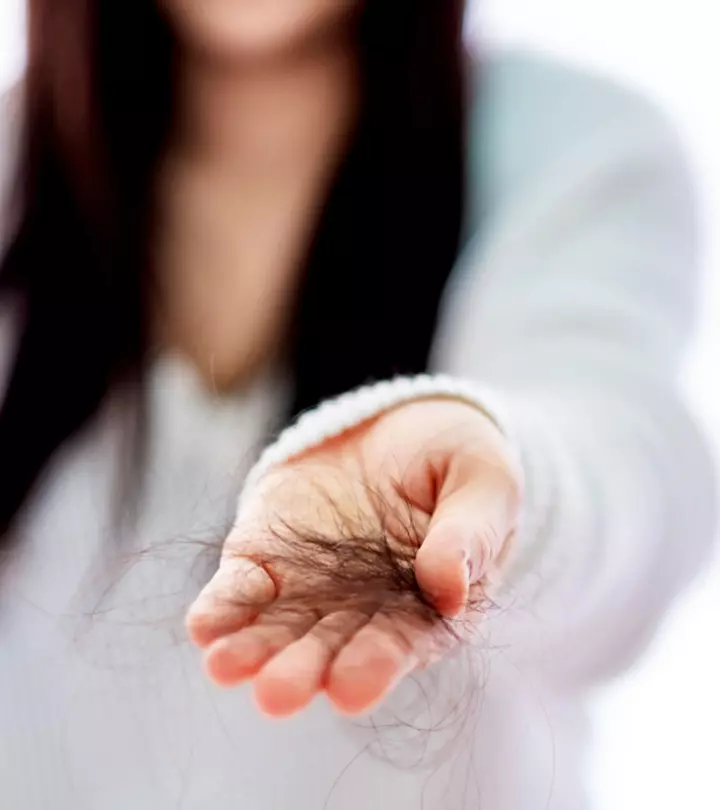
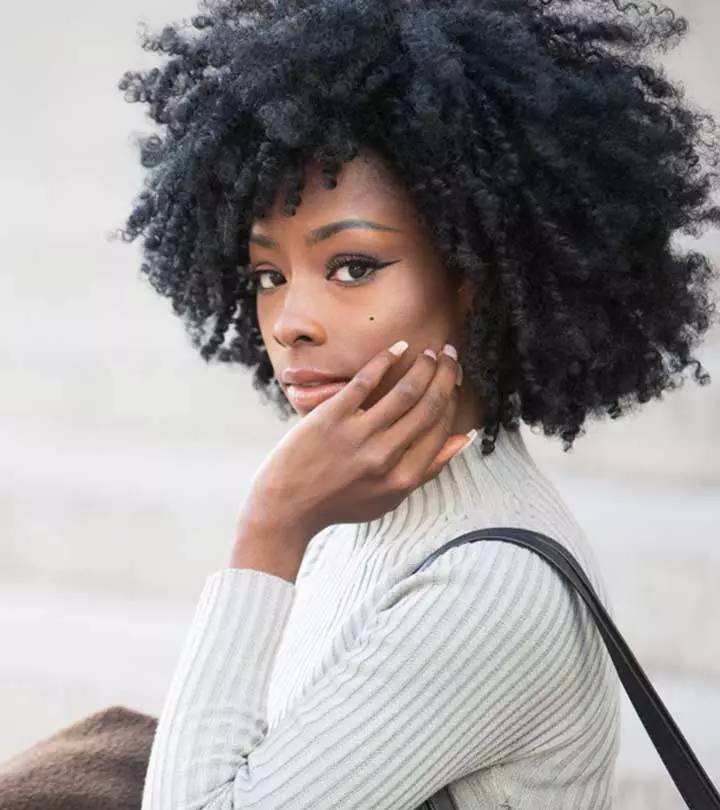

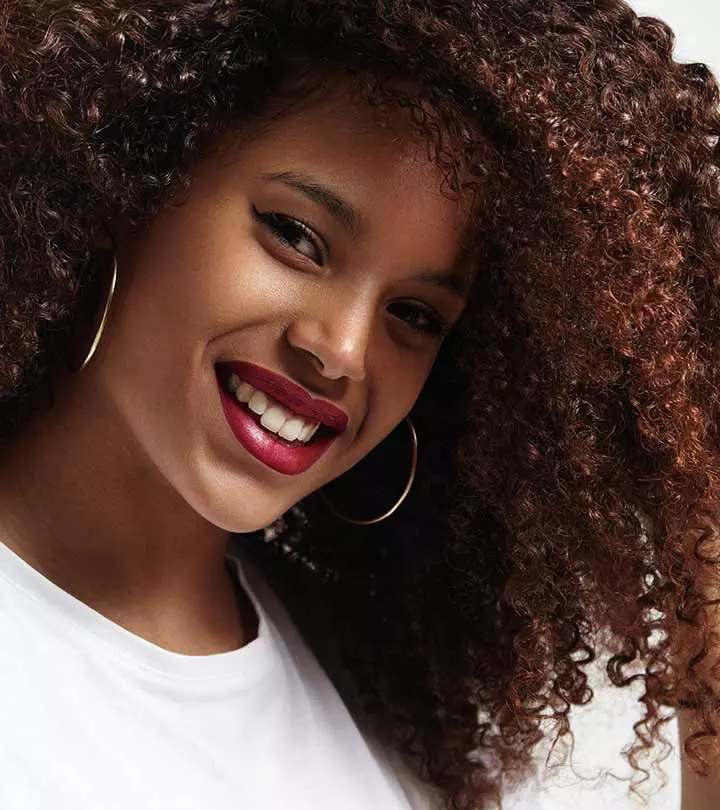
Community Experiences
Join the conversation and become a part of our empowering community! Share your stories, experiences, and insights to connect with other beauty, lifestyle, and health enthusiasts.